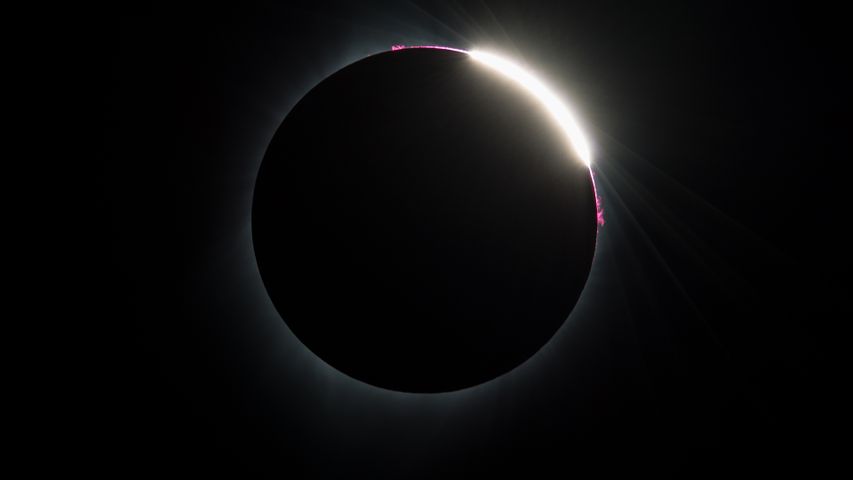Neptune
© NASA/JP
Last stop before leaving the solar system
Official telescopic confirmation of Neptune's presence in our solar system came on September 23, 1846, and it was a big deal partly because Neptune is the only planet in our solar system not visible with the naked eye. Credit for this discovery inspired a dust-up in the international astronomy community, as scientists from both Britain and France claimed they had been the first to predict the existence and position of the eighth and most-distant planet in our solar system before it was seen through a telescope. Eventually peace was brokered, and credit is now shared between the two factions.
The discovery of Neptune was a sensational moment of 19th-century science, since the existence and position of Neptune were predicted before the planet was even seen, thus confirming the basic principles of Newtonian gravitational theory. But those 19th-century astronomers were using astronomical coordinates first recorded by Galileo in 1612. The Italian polymath had correctly mapped Neptune's position more than 200 years earlier using a less powerful telescope. Galileo mistook Neptune for a star—but his coordinates prompted many stargazers who came along after him to look in the correct direction and identify Neptune.
Related Images
Bing Today Images


 The Milky Way framed by Double Arch in Arches National Park, Utah
The Milky Way framed by Double Arch in Arches National Park, Utah
 Joshua trees under the Milky Way, California
Joshua trees under the Milky Way, California
 Tre Cime di Lavaredo, Sexten Dolomites, Italy
Tre Cime di Lavaredo, Sexten Dolomites, Italy
 Milky Way, Aït Benhaddou, Morocco
Milky Way, Aït Benhaddou, Morocco
 Hammock camping on a lake in Central Florida
Hammock camping on a lake in Central Florida
 The moon
The moon
 Milky Way over Big Bend National Park, Texas
Milky Way over Big Bend National Park, Texas
 Total solar eclipse photographed from Madras, Oregon on August 21, 2017
Total solar eclipse photographed from Madras, Oregon on August 21, 2017



